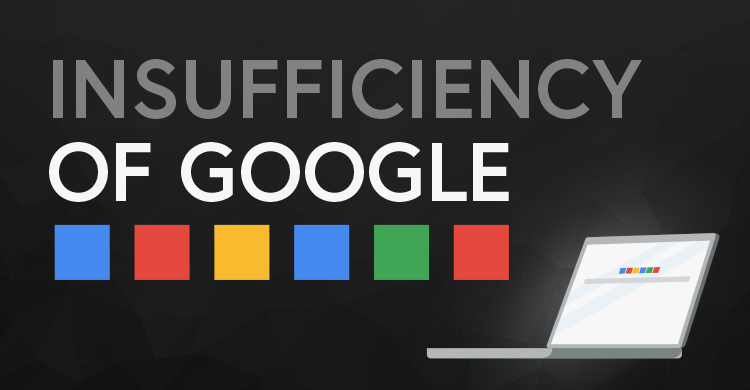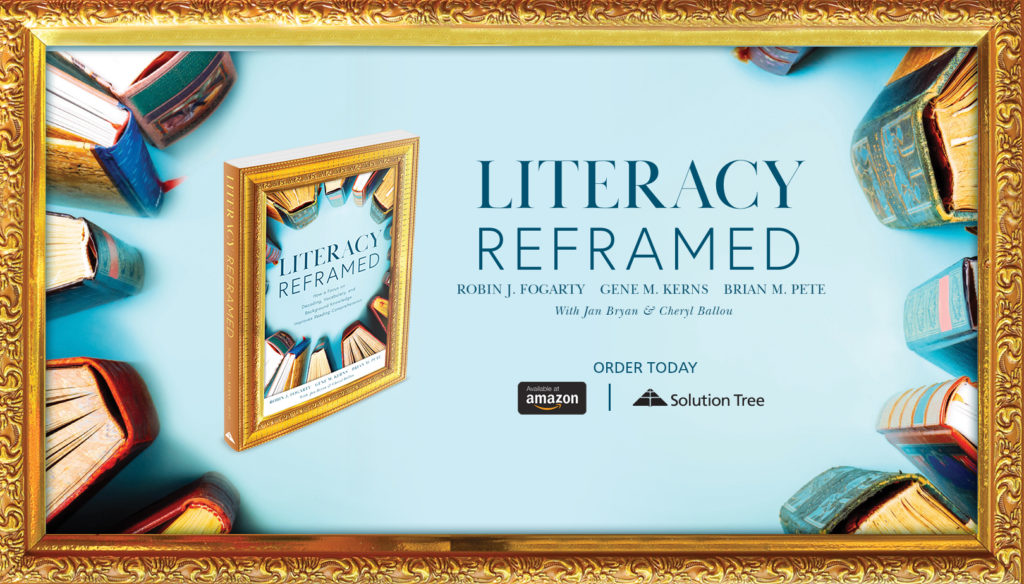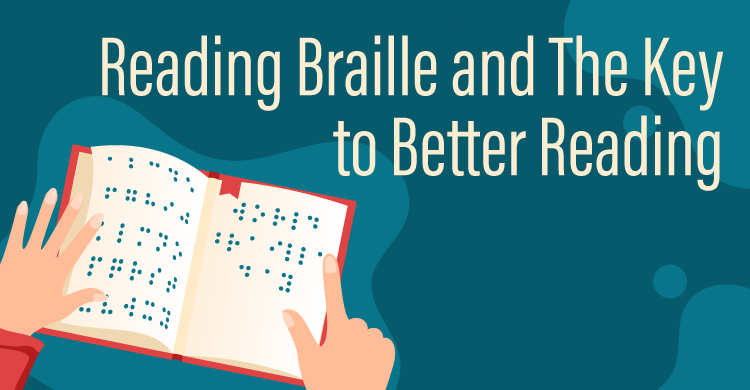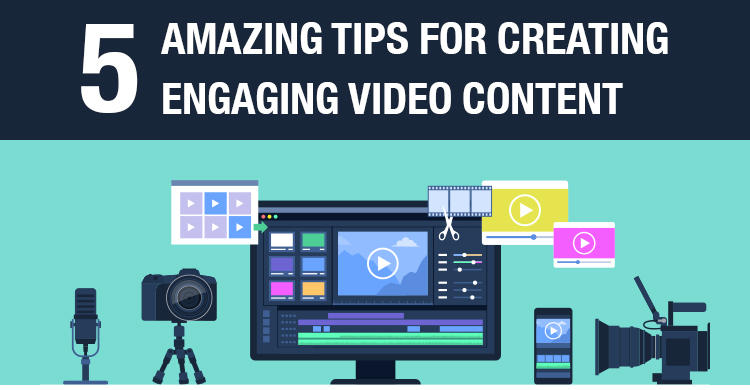“Dr. Google” is often considered “the background knowledge center” of the classroom, standing ready to accommodate student searches for words, concepts, ideas, and factual information.
This notion is well-deserved, as Dr. Google is the ever-ready battery that charges student work. However, Dr. Google’s knowledge is not enough! New knowledge builds on prior knowledge. The more one knows, the more one can connect one piece of knowledge with another. When prior knowledge is weak or missing, students are working with a huge deficit.
Let’s put knowledge center-stage
Literacy Reframed, our book with Gene M. Kerns, addresses the sound, the look, and the knowingness of reading in its advocacy of proven literacy success. Phonics first, as the code for unlocking words, and vocabulary forever, for building endless concepts. Yet, the accumulation of knowledge is the centerpiece if “reading for meaning” remains the main mission. With knowledge deserving center stage, it’s discussed here, while the elements of phonics and vocabulary in Literacy Reframed could appear in two future posts.
This reframing of how to teach literacy is the key to increasing students’ background knowledge, current knowledge, and ongoing knowledge base. This shift is toward selecting more resources from science, social studies, and other informational text sources, to teach students knowledge about the world. The “knowledge-centric approach” is how students build a vast and enduring factual warehouse to supply long-term memory.
Paradoxically, reading instruction is termed “over-skillification” because it often dominates the mechanics of learning how to read. In turn, because of the focus on skill acquisition, knowledge is often the most neglected element of the classroom reading experience. Yet, if students are grounded in robust working knowledge, knowingness takes its rightful place as the centerpiece of all reading.
With access to this personal network of background knowledge, readers can find logical connections that make sense of new, incoming signals. These “idea bridges” connect patterns of knowledge in the brain that lead to knowledge recovery in the blink of an eye. Therefore, instead of accessing Dr. Google, students instantly connect ideas in their growing knowledge center.
Building learning opportunities for all
To address the range of readers, from “quick-witted learners” to “in-betweeners” to “sweet and low” learners of all ages, we must foster opportunities to build sufficient prior knowledge and background experiences. We must nurture successful readers with “quick wins” from evidence-based best practices.
For example, particular attention to three reading processes are high on the list.
- Reading to students
- Students reading with each other
- Students reading by themselves
This calls for a shift in how class time is relegated, regardless of the discipline. If we understand the potential of this highly different approach, to allot H-U-G-E amounts of time to student reading and writing, we must work with fidelity to turn around student ownership of their own reading journey.
Details explaining how students can acquire a sorely needed knowledge base follow, with practical solutions to use with immediate student results. They may shortly read and write their way to success, demonstrate a personal-best effort, and become emboldened with confidence in their abilities for effective reading and personal appreciation of the science and art of literacy.
Knowingness: Quick-Win Strategies
1. Read aloud to students
- Find appropriate opportunities to read aloud to students, every day, in every way.
- Model well with reading to students, with attention to pronunciation, expression, and pacing.
- Point out innuendos, nuances, and phrasing, and offer a window into lingo of the discipline.
2. Read with each other in pairs, trios, or quads
- For explicit intent and a stated purpose to focus upon
- For text-based evidence to support personal opinions
- For knowingness to acknowledge factual information
3. Read by oneself (“Student Voice and Choice” to honor interests, talents, and needs)
- Structure a “3Rs (Read, Reading, Read)” time, and nothing else.
- Set aside a “Write, Writing, Wrote” time, and nothing else.
- Require a “Speak, Speaking, Spoke” time about the reading/writing.
Use knowledge and knowing as the motivational anchor for lifelong literacy and knowingness. “Without a solid foundation of core knowledge stored in one’s own memory, a student cannot move nimbly through the world of ideas” (Redford, K. p.52 EL Ed Leadership, February 2020).
Dr. Google is just not enough.
“Students need both literacy skills and content knowledge to read critically, so, let’s teach both simultaneously.” (Redford, K. Ed Leadership, February 2020, p.52)
Let’s understand and underwrite the wisdom of the experts: only with massive amounts of reading and writing can students equip themselves with the knowledge and insights needed to make sense of our rapidly changing world.
[author_bio id=”341″]
[author_bio id=”53″]







